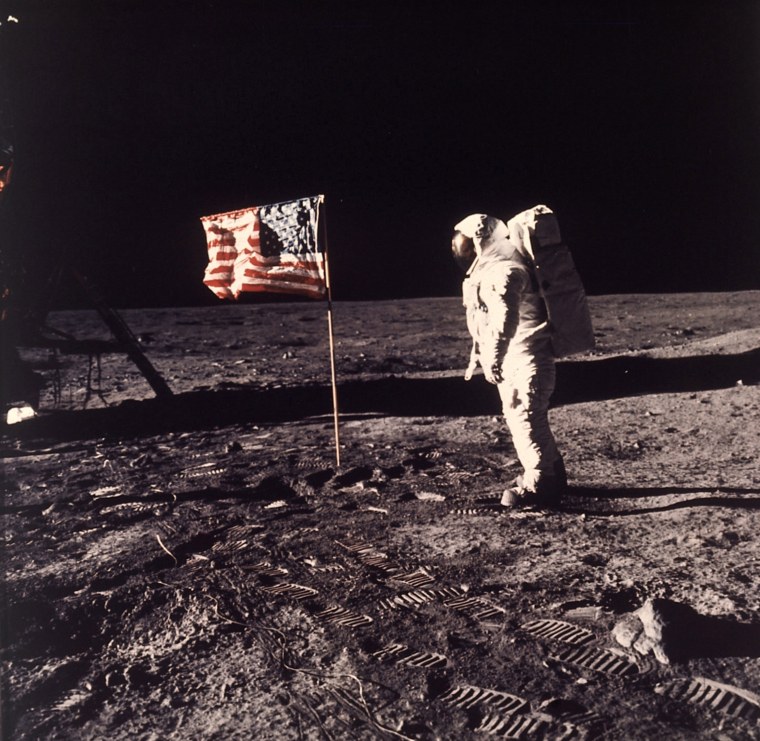Future lunar explorers counting on the moon to shield themselves from galactic cosmic rays might want to think about Plan B.
In a surprising discovery, scientists have found that the moon itself is a source of potentially deadly radiation.
Measurements taken by NASA's Lunar Reconnaissance Orbiter show that the number of high energy particles streaming in from space did not tail off closer to the moon's surface, as would be expected with the body of the moon blocking half the sky.
Rather, the cosmic rays created a secondary — and potentially more dangerous -- shower by blasting particles in the lunar soil which then become radioactive.
"The moon is a source of radiation," said Boston University researcher Harlan Spence, the lead scientist for LRO's cosmic ray telescope. "This was a bit unexpected."
While the moon blocks galactic cosmic rays to some extent, the hazards posed by the secondary radiation showers counter the shielding effects, Spence said at a press conference at the American Geophysical Union meeting in San Francisco this week.
Overall, future lunar travelers face a radiation dose 30 percent to 40 percent higher than originally expected, Spence said.
Galactic cosmic rays, believed to be caused by supernova explosions, are fast-moving electrically charged electrons and atomic nuclei. They are found throughout the solar system, though their numbers are particularly high at the present time due to an unusually quiet period of solar activity.
The lack of solar magnetic fields and reduced solar wind pressure means cosmic rays have been able to more easily penetrate the inner solar system.
"We are in a period when the radiation risks are elevated, but still tolerable," Spence said, adding that the levels were about what an X-ray technician or uranium miner might normally experience in a year.
The sun cycles through periods of high and low magnetic activity about every 11 years. The next period of maximum activity, characterized by increasing number of sunspots and other disruptions of the sun's surface, is expected in 2013.
LRO found about twice as many of the highest energy cosmic rays -- those that could punch through the telescope itself -- as expected. NASA plans to use the information to design shelters and operating procedures for future human excursions to the moon.
LRO is about halfway through a one-year primary mission to scout for landing spots, find potential resources and characterize radiation and other hazards.
"The work being done in heliophysics areas is important to keeping astronauts safe," said Michael Wargo, who oversees NASA's lunar research programs. "One of the holy grails would be to be able to predict the sun's activities and give an 'all clear' on how many days astronauts could be on (spacewalks)."
